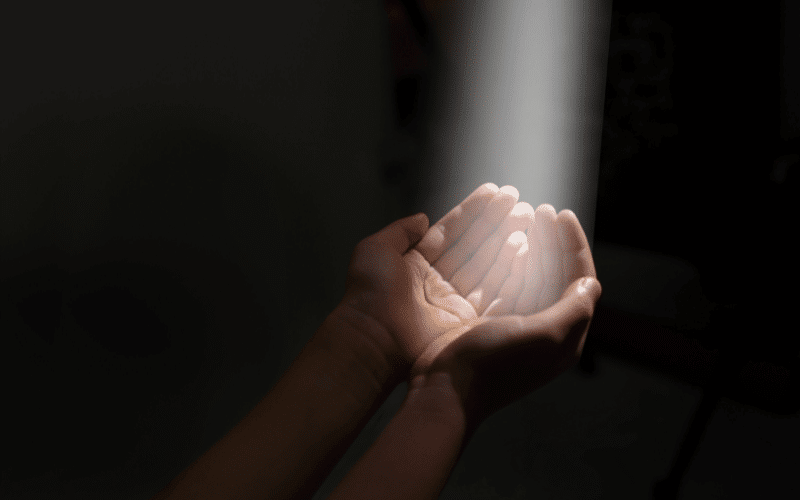8. Sunlit Shadows: The Role of Light in Sundown Syndrome

The correlation between light exposure and Sundown Syndrome is an area of ongoing research. The fluctuations in light levels throughout the day might have a profound influence on the symptoms of Sundown Syndrome, hinting at the potential benefits of light therapy in managing this condition.
Morning light, in particular, has been shown to have a stabilizing effect on the body’s circadian rhythm. Regular exposure to bright light in the early hours of the day might help ‘reset’ the biological clock, potentially helping to regulate the symptoms of Sundown Syndrome.
Throughout the day, maintaining a well-lit environment can also be beneficial. This can help individuals with Sundown Syndrome stay oriented to their surroundings, reducing the risk of confusion or fear. As evening approaches, a gradual dimming of the lights, rather than a sudden switch to darkness, can help ease the transition and minimize the triggering of symptoms.
At night, it’s important to strike a balance between maintaining safety and promoting restful sleep. A night light or a dim light in the hallway can provide enough illumination to prevent accidents if the individual gets up to wander, without disturbing their sleep.
Light, therefore, plays a nuanced role in the management of Sundown Syndrome. It’s not just about keeping the lights on; it’s about understanding how different light levels at different times of the day can affect the symptoms and using this knowledge to create an environment that fosters stability and comfort. (8)